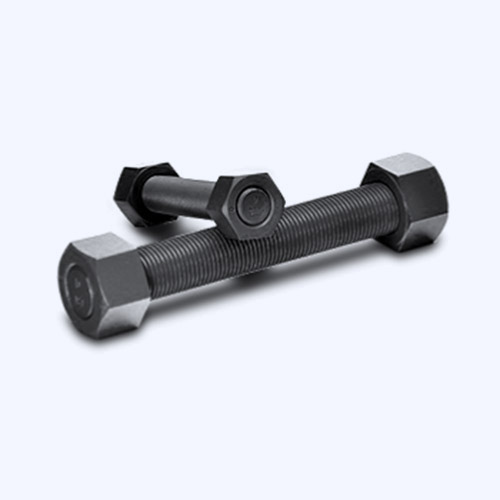Nov . 21, 2024 12:11 Back to list
stripped screw
Understanding Stripped Screws and Effective Solutions
Stripped screws are a common occurrence in both DIY projects and professional settings, causing frustration for anyone attempting to assemble or disassemble objects. A stripped screw refers to a fastener that has lost its drive, meaning that the grooves or ridges that typically allow a screwdriver to grip and turn it have been worn down. This usually happens due to excessive force, using the wrong tool, or wear over time, leaving the screw nearly impossible to remove.
The implications of dealing with stripped screws can range from minor inconveniences to significant project delays. For instance, an amateur home handyman might find themselves unable to remove a cover plate while trying to install new electrical fixtures, whereas a mechanic may struggle to access crucial engine parts due to a stripped screw on a vital component. Regardless of the situation, the key lies in understanding how to manage and mitigate the impact of stripped screws effectively.
First and foremost, prevention is always better than cure. To avoid stripping screws in the first place, it is important to use the correct screwdriver that matches the screw’s head. Using a mismatched tool, such as a flathead screwdriver on a Phillips screw, significantly increases the likelihood of stripping. Additionally, applying the right amount of torque is crucial; over-tightening can lead to the head breaking off or the grooves becoming too smooth to grip effectively.
stripped screw

When faced with a stripped screw, there are several techniques that can help in removing it. One of the simplest methods involves using rubber bands. By placing a rubber band over the stripped head and then inserting the screwdriver, the added friction often allows for a better grip. If this does not work, other techniques involve using penetrating oil to loosen rust or debris, or employing specialized tools like screw extractors which are designed specifically for such problems.
In severe cases, drilling the screw out may be necessary. This process involves carefully drilling into the center of the stripped screw until it can be removed. However, caution is essential during this method to avoid damaging the surrounding material.
In conclusion, while stripped screws can be annoying and time-consuming to deal with, understanding their causes and utilizing effective removal strategies can significantly reduce frustration. By focusing on prevention and mastering a few essential techniques, anyone can navigate the challenges posed by stripped screws and complete their tasks with greater ease and confidence. Whether in a home or professional environment, maintaining proper tools and techniques will go a long way in ensuring that projects run smoothly.


